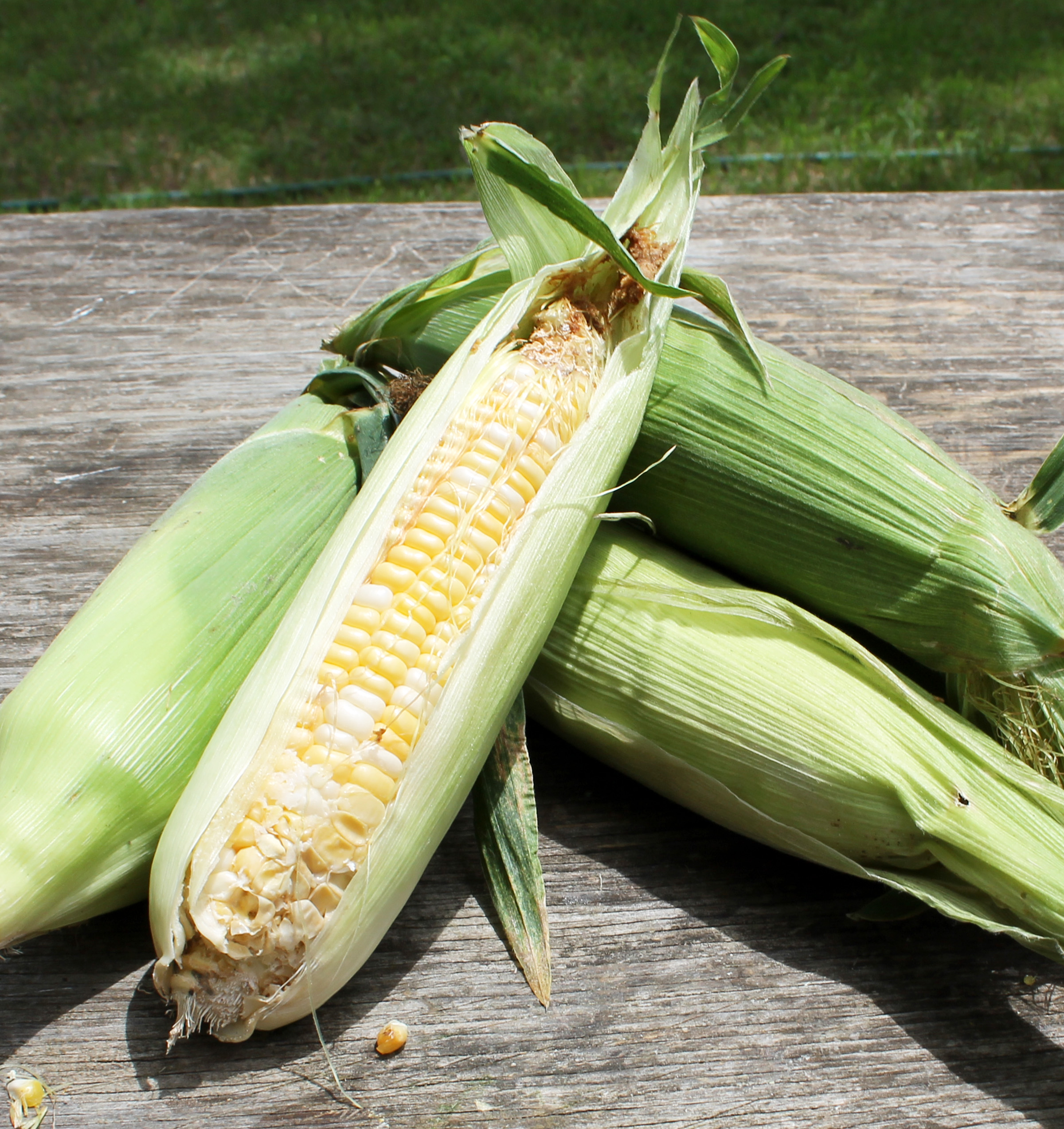Farm & Ranch
Buckle Up for 2015, It’s Going to be Bumpy

By Allison Floyd
Farm profits in 2015 could be as low as they were in 2005, when corn sold for $2 a bushel, a panel of agricultural economists from Purdue University agreed on Friday.
“The Changing Business Climate for Agriculture: The Outlook for 2015” was led by Jim Mintert, the director of the Center for Commercial Agriculture and professor of agricultural economics. He was joined by fellow ag economists Chris Hurt, Michael Boehlje and Michael Langemeier, the associate director of the Center for Commercial Agriculture.
The drop in the price of corn and soybeans has slowed, but don’t expect prices to jump in 2015, the economists said.
“We are really just at that point of transition,” Mintert said. After a peak of nearly $7 in 2012-13, corn dropped for two years and will continue to fall next year, leaving margins as small as they were a decade ago.
“Most agribusiness managers recognize those were very tight margin times (10 years ago). I think that’s where we are headed. That’s our best estimate,” he said.
The boom times of 2012-2013 have passed, but the trend probably won’t turn around in 2015. That means if yields are smaller than in 2014 and prices are the same, margins will be even tighter.
Commodity prices fluctuate, but tend to have long troughs after boom times, said economist Mike Boehlje.
“The problem is, we build capacity when there’re good prices in this industry,” Boehlje said. “When there’re good prices, we bring land into production and we don’t pull it out of production when prices go down because there’s fixed costs.”
The economists agreed that corn will stay at or below $4 for a few years, while soybeans will be between $9 and $10.
At the same time, cotton supply is expected to be high, leaving Southern farmers without a clear planting choice. The U.S. Department of Agriculture expects there will be 5.2 million unsold bales stored at the end of July 2015, twice as much as this year. Chinese leaders have said they intend to draw down on existing stocks in that country, rather than buying more.
While row crop farmers will continue to see extra tight margins in 2015, livestock farmers are expected to have a very good year. The combination of dramatically lower feed prices and record high prices has produced exceptionally strong margins for most producers, Mintert said.
“The big questions for livestock and poultry producers are how long these positive trends will continue and what should producers do to solidify their financial position,” Mintert said.
To watch The Outlook for 2015, go to Purdue’s Center for Commercial Agriculture site.
Farm & Ranch
Hazards of Backyard Poultry

By Barry Whitworth, DVM
Having backyard poultry is a popular agriculture enterprise. According to the United States Department of Agriculture, 0.8 percent of all households in the United States have chickens. People keep chickens for a variety of reasons with table eggs being one of the more common reasons.
Unfortunately, some of these poultry producers are not aware of the hazards that come with keeping poultry because many times they carry pathogens but appear healthy.
Chickens are carriers of several zoonotic diseases. These are diseases that can be passed from animals to humans. According to a recent survey in Pennsylvania, a majority of backyard poultry producers were aware of the dangers of avian influenza. However, this study also revealed that far fewer producers were aware of the risk of possible exposure to Salmonella and Campylobacter.
The lack of knowledge about the hazards of raising poultry likely contributes to the continued issues of Salmonella outbreaks associated with backyard poultry. In 2023, the Centers for Disease Control and Prevention reported 1,072 illnesses of Salmonella linked to backyard poultry, and 272 of those patients required hospitalization. Oklahoma reported 43 individuals with the disease.
To read more, pick up a copy of the April issue of NTFR magazine. To subscribe by mail, call 940-872-5922.
Farm & Ranch
Ag Elsewhere: Wyoming

By Tressa Lawrence
Babies are tucked away in every nook and cranny. Many ranchers across Wyoming have baby animals popping up all over this time of year.
Farm & Ranch
Ag Elsewhere: Montana

By Lindsey Monk
Another load of grain in to keep feeding the calves until the green grass can really start popping.
-

 Country Lifestyles1 year ago
Country Lifestyles1 year agoScott & Stacey Schumacher: A Growth Mindset
-

 Equine7 months ago
Equine7 months agoThe Will to Win
-

 Country Lifestyles7 years ago
Country Lifestyles7 years agoStyle Your Profile – What your style cowboy hat says about you and new trends in 2017
-

 Country Lifestyles4 years ago
Country Lifestyles4 years agoAmber Crawford, Breakaway Roper
-

 HOME7 years ago
HOME7 years agoGrazing North Texas – Wilman Lovegrass
-

 Country Lifestyles7 years ago
Country Lifestyles7 years agoDecember 2016 Profile, Rusty Riddle – The Riddle Way
-

 Country Lifestyles8 years ago
Country Lifestyles8 years agoJune 2016 Profile – The man behind the mic: Bob Tallman
-

 Outdoor9 years ago
Outdoor9 years agoButtercup or Primrose?






